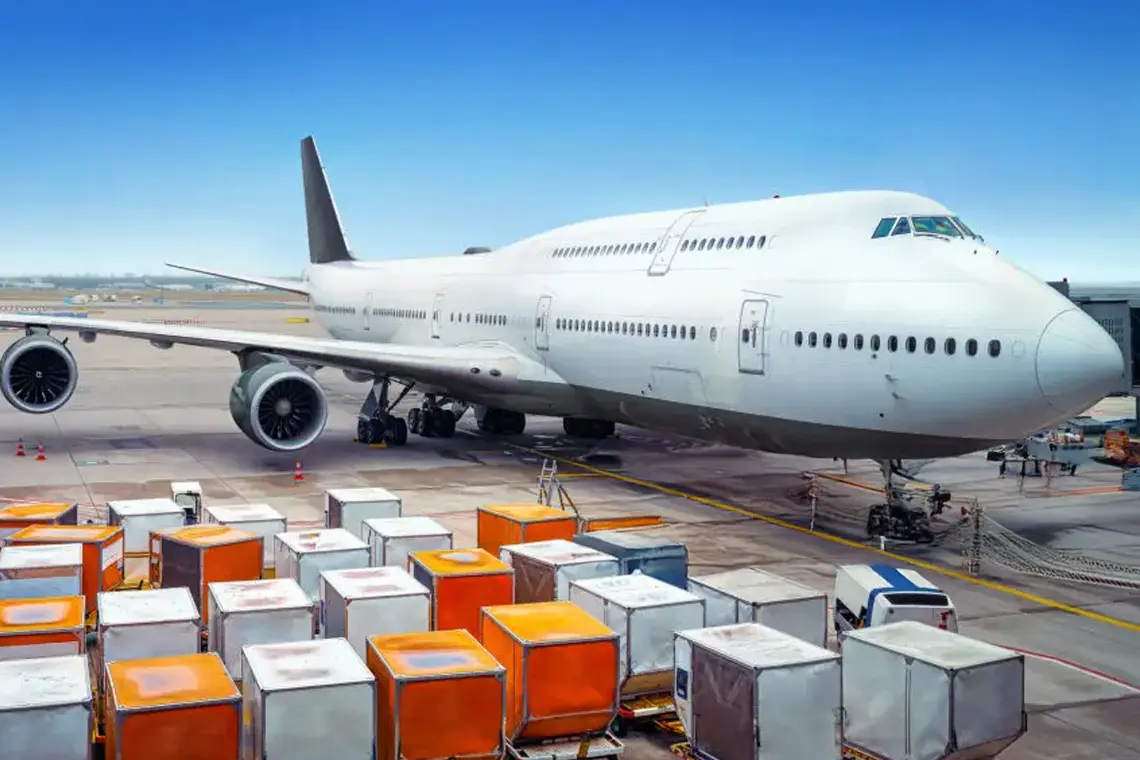When businesses decide where to expand or relocate, infrastructure often plays a critical but understated role. From transportation networks to digital connectivity, the quality and availability of infrastructure can make or break a site’s appeal.
Why Infrastructure Matters in Site Selection
1. Transportation and Logistics Efficiency
Efficient transportation networks are crucial for companies reliant on supply chain optimization and quick market access:
Highways and Interstates: Proximity to major highways ensures the smooth movement of goods and materials.
Airports: Cargo airports facilitate international trade and fast delivery.
Ports: Access to seaports supports global exports and imports, particularly for manufacturing and distribution sectors.
Railways: Freight rail systems are critical for heavy industries like automotive and energy.
2. Utilities and Energy Availability
Reliable utility infrastructure ensures businesses can operate without interruptions:
Electricity: Consistent power supply is vital for industries like manufacturing, data centers, and healthcare.
Water and Wastewater: Sufficient water resources are critical for food processing, pharmaceuticals, and other high-demand industries.
Renewable Energy Access: Increasingly, companies prioritize regions offering clean energy sources to meet sustainability goals.
3. Digital Connectivity
In today’s digital age, broadband internet and 5G networks are as important as roads and bridges:
Broadband Penetration: Essential for technology companies, financial services, and remote work operations.
5G Networks: Enable faster communication and innovation in smart manufacturing and IoT applications.

Infrastructure Driving Site Selection
1. Dallas-Fort Worth, Texas
Transportation Hub:
DFW International Airport is a major cargo hub.
Extensive highway networks connect the region to the rest of the US.
Notable Investments: Amazon and Walmart have built massive distribution centers leveraging the region’s logistics advantages.
2. Savannah, Georgia
Port of Savannah:
The fastest-growing container port in the US, supporting global trade.
Recent investments in harbor deepening enhance its capacity for larger vessels.
Key Industries: Automotive manufacturing and logistics companies benefit from the port’s efficiency.
3. Silicon Valley, California
Digital Infrastructure:
Home to some of the fastest broadband speeds in the US.
Robust tech ecosystem supports innovation and entrepreneurship.
Notable Companies: Google, Apple, and Tesla rely on the region’s cutting-edge digital infrastructure.
4. Chicago, Illinois
Rail Hub of America:
Chicago is the largest rail hub in North America, connecting coast-to-coast networks.
Key Industries: Manufacturing and logistics companies thrive due to seamless rail and freight access.

| Region | Key Infrastructure | Notable Industries | Recent Investments |
|---|---|---|---|
| Dallas-Fort Worth | DFW Airport, highways | Logistics, e-commerce | Amazon’s distribution center expansion |
| Savannah, Georgia | Port of Savannah | Automotive, logistics | Harbor deepening project |
| Silicon Valley | Broadband, 5G | Technology, innovation | Google’s data center upgrades |
| Chicago, Illinois | Rail hub, highways | Manufacturing, logistics | CN Railway’s $250M terminal expansion |
Trends Shaping Infrastructure’s Role in Site Selection
1. Smart Infrastructure
Smart infrastructure, incorporating IoT and AI technologies, is transforming how regions manage and promote their assets:
Smart Ports: Automation and data analytics optimize port operations.
Intelligent Transportation Systems (ITS): Improve traffic flow and reduce congestion.
2. Sustainable Infrastructure
Sustainability is becoming a key factor for companies evaluating infrastructure:
Green Energy Projects: Wind farms, solar arrays, and hydroelectric facilities attract ESG-conscious businesses.
Carbon-Neutral Goals: Regions investing in sustainable infrastructure gain a competitive edge.
3. Federal Investment Boost
The US Infrastructure Investment and Jobs Act allocates $1.2 trillion for infrastructure improvements, including:
Modernizing roads, bridges, and transit systems.
Expanding broadband access to rural and underserved areas.

Challenges and Opportunities
Challenges
Aging Infrastructure: Many regions face the challenge of maintaining and upgrading decades-old infrastructure.
Cost Overruns: Infrastructure projects often exceed budgets, delaying economic benefits.
Opportunities
Public-Private Partnerships (PPPs): PPPs provide a model for funding large-scale projects while sharing risk.
Regional Collaboration: States and cities working together on infrastructure projects can achieve economies of scale.
Future Outlook
Infrastructure will remain a silent yet powerful driver of site selection in the United States. Regions that invest in modernizing their assets, embrace sustainability, and leverage digital advancements will position themselves as leaders in attracting FDI and supporting long-term economic growth.



















